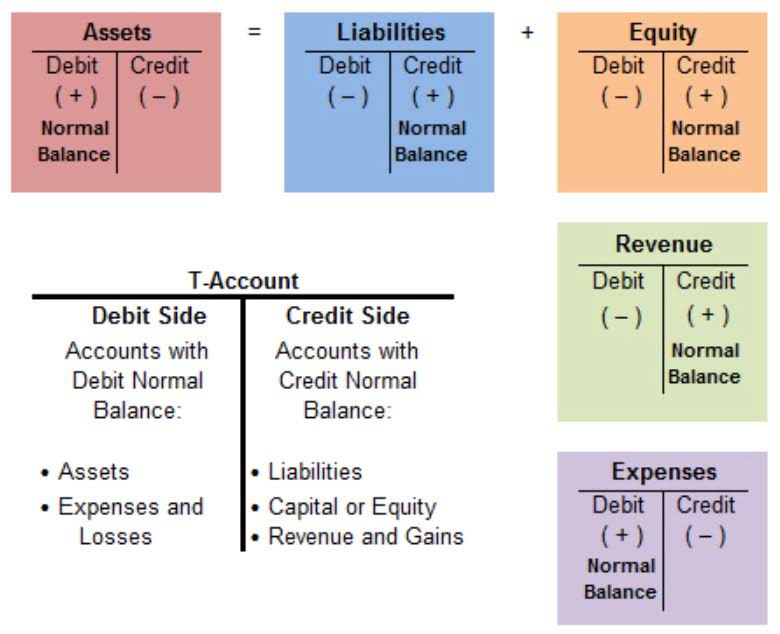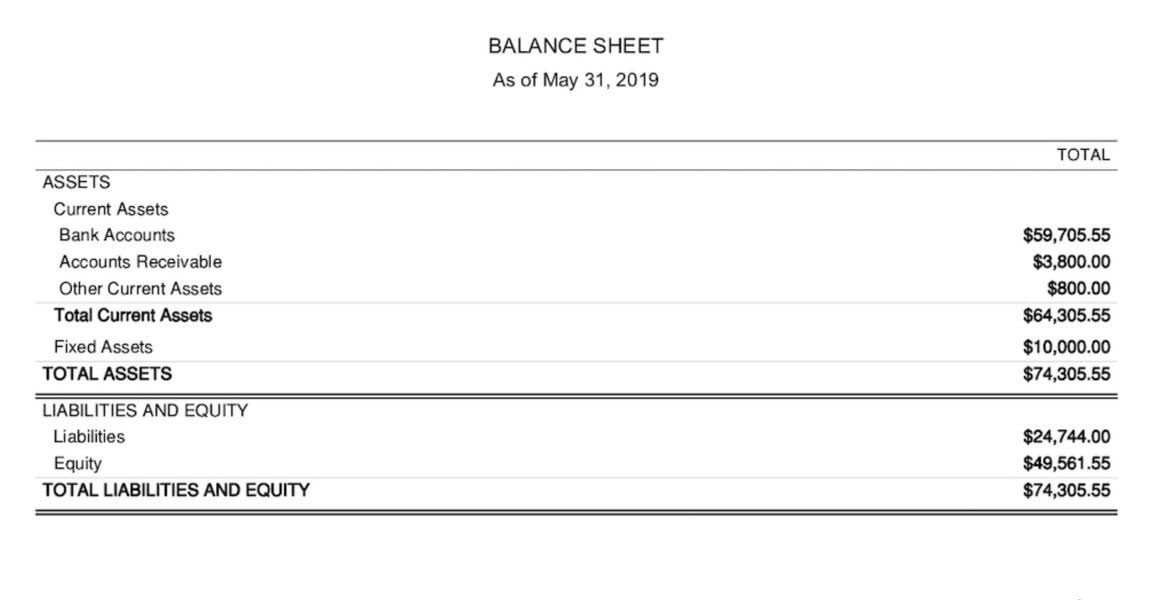
Hopefully, this guide has given you an understanding of capital stocks and how they work. Let’s look at an illustrative example to show how they would be reported in an accounting period. And while this may be an evergreen maxim for businesses, raising money for capital investments brings its own set of challenges.

What are some examples of common stock?
- Capital stocks are also advantageous to investors, as they allow the investor to form a vital part of the company’s growth, with great potential for appreciation and healthy dividends.
- Retired stock is no longer considered as part of the authorized, issued, or outstanding capital stock.
- In order to raise the value of outstanding shares, the company must either increase its market capitalization or issue a buyback.
- Common stock is the most basic form of ownership in a company and represents the portion of a company’s equity that is held by its common shareholders.
- Issuing a large number of shares also dilutes the value of each outstanding share.
However, they can also be exchanged for assets which, in turn, can help to facilitate the company’s growth. However, investors generally trade common stocks rather than preferred stocks. Due to their fixed dividends and lower risk profile, preferred stocks typically have less price volatility and greater growth potential than common stocks. Because of their stable dividends and lower volatility, preferred stocks are often favored by institutional investors pursuing a predictable income stream. These stocks are also normally less liquid than common stocks, meaning they are traded less frequently, making them less suitable for retail investors looking for short-term gains. Traded on exchanges, common stock can be bought and sold by investors or traders, and common stockholders are entitled to dividends when the company’s board of directors declares them.
What are the positive features of preferred stock?

Capital stock can be issued by a company to raise capital to grow its business. Issued shares can be bought by investors—who seek price appreciation and dividends—or exchanged for assets, such as equipment needed for operations. Callable preferred stocks can be repurchased by the issuer at a preset date and price, causing you to miss out on future dividends.
Common Stock: What It Is, Different Types, vs. Preferred Stock
If things go well, these investors might get dividends from profits—but that’s not a sure thing; it depends on how well the company does each year. This number is not fixed forever; companies can change their total capital stock through corporate actions like stock splits or issuing new shares. Capital stock is essentially the lifeblood of any corporation—it represents ownership and holds the potential to open doors for growth https://www.instagram.com/bookstime_inc and stability. This concept isn’t just an abstract part of business; it translates into actual shares that could potentially yield dividends for shareholders. The balance of the capital stock account equals the stated value of the outstanding shares or—if there is no stated value—the total proceeds. The choice among issuing par value, stated value, or true no-par-value shares may be determined by state laws.

Ultimately, the decision should be made in consultation with your financial advisor to ensure that it is in line with your overall business strategy. Capital stock refers to the shares of ownership that have been issued by a corporation. The amount received by the corporation when its shares of capital stock were issued https://www.bookstime.com/articles/what-is-grant-accounting is reported as paid-in capital within the stockholders’ equity section of the balance sheet.
Related AccountingTools Courses
- An investor can buy stock from a corporation and in return they hope to receive benefits known as dividends.
- As of mid-2024, the Nasadaq had some 3,377 listings but the NYSE the largest in the world by market cap.
- If the stock sells for $10, $5 million will be recorded as paid-in capital, while $45 million will be treated as additional paid-in capital.
- The total outstanding shares must be within the limits authorized by the company’s capital stock as defined in its charter or articles of incorporation.
- Because of their stable dividends and lower volatility, preferred stocks are often favored by institutional investors pursuing a predictable income stream.
Through this segmentation, companies are equipped to tailor their financial landscapes, offering an array of options that cater to different levels of risk tolerance and investment objectives. Every share within the capital stock carries value, which contributes to the overall worth of a company as seen on its balance sheet. This value is vital because it represents the money that shareholders have put into the company to keep it running and help it grow. On the other hand, some shareholders may not want to give up the company’s control by issuing shares from their capital stock.
Get in Touch With a Financial Advisor
Capital stock consists of claims held by owners arising from investments in the firm. A corporation is authorized by the state government to come into existence and issue shares. However, a company can choose to amend its articles of incorporation or charter allowing it to increase its capital stock. Any value paid by an investor above the par value will be considered as “additional paid-in capital” and will also be recorded on the basic form of capital stock is the company’s balance sheet. The money the company will get in exchange for the shares will be recorded in the company’s balance sheet representing an asset. The more a company issues shares from its capital stock, the more the share value will be diluted as well.

All of our content is based on objective analysis, and the opinions are our own. Corporation ABC has already issued 500,000 Class A Common Stock and 50,000 Preferred Stock. This will lead the investors in supporting the company and providing it with the expertise and support it needs to grow. Typically, each share of stock is assigned a par value of $1.00 or even a few pennies.
Tinggalkan Balasan